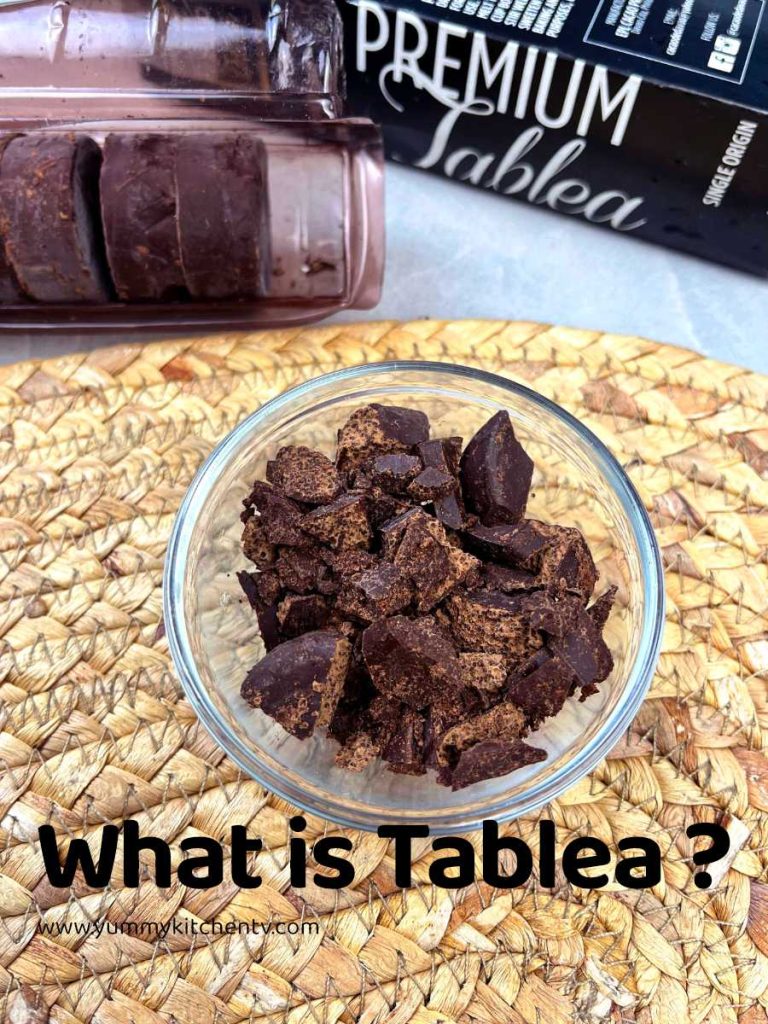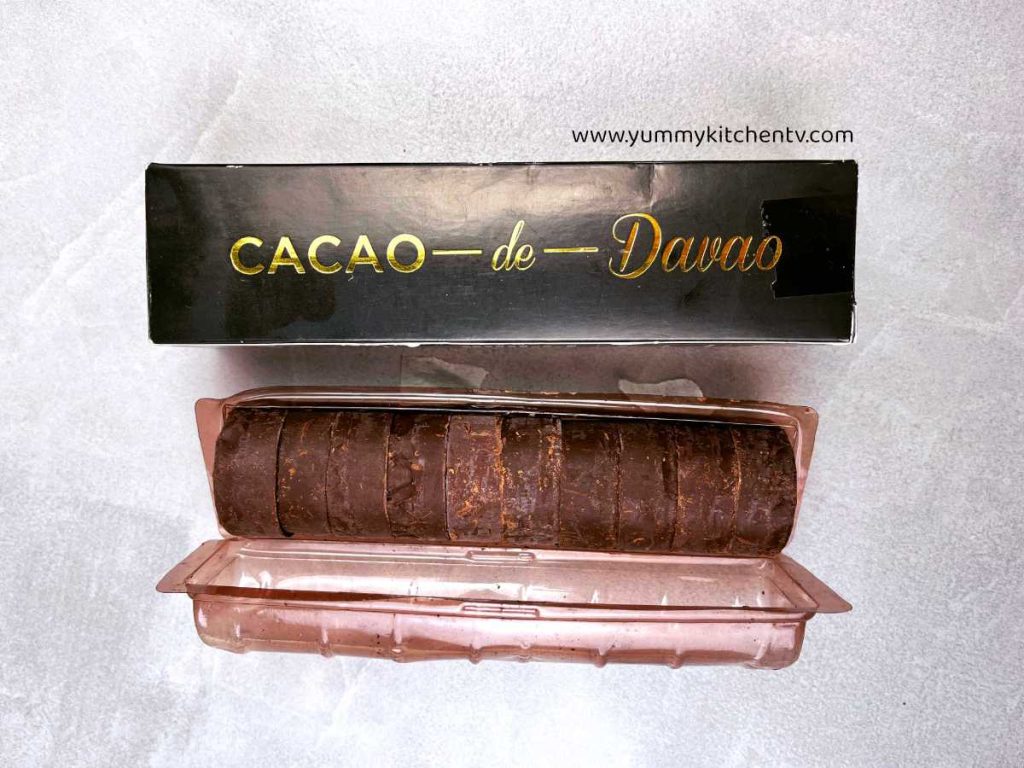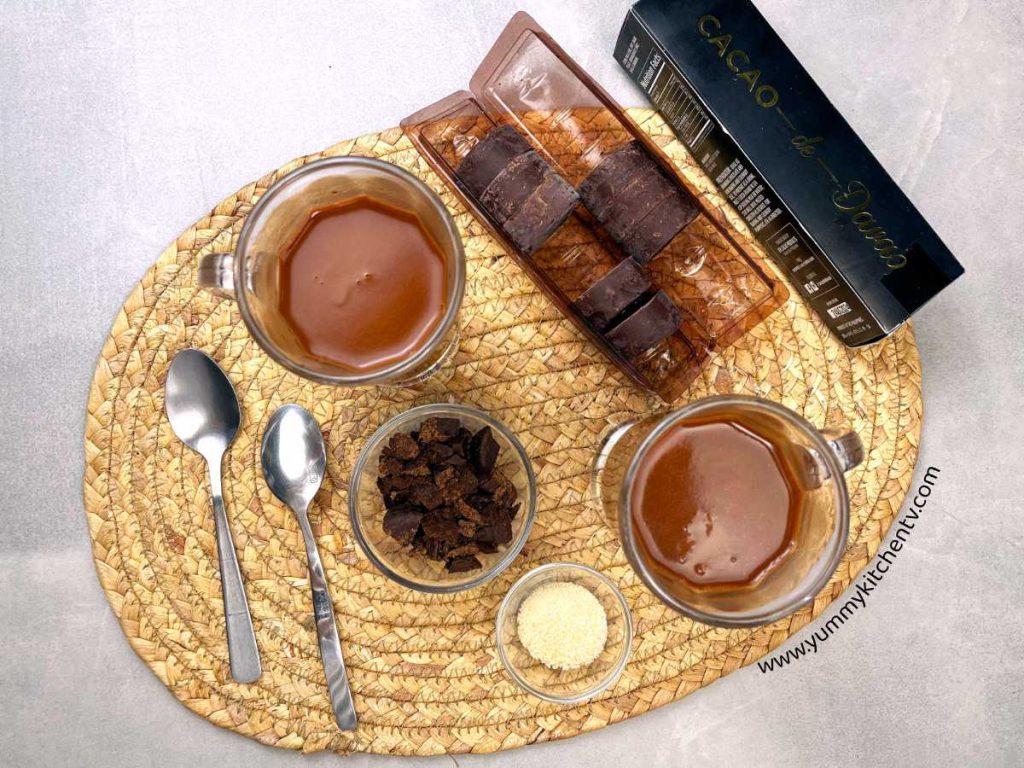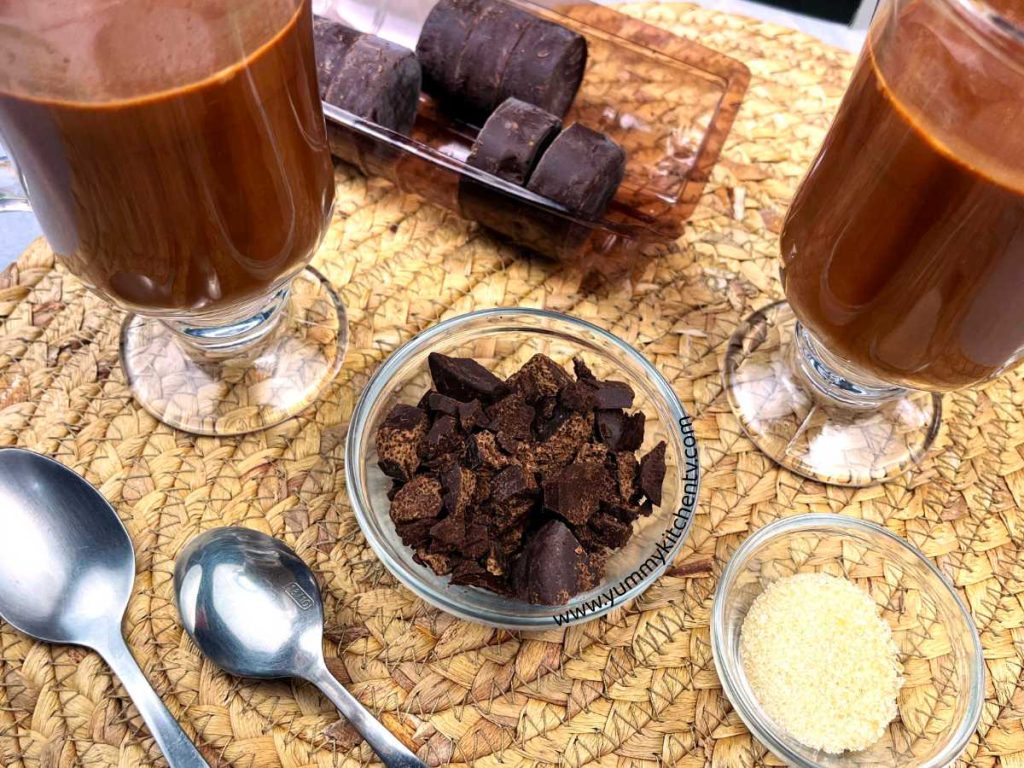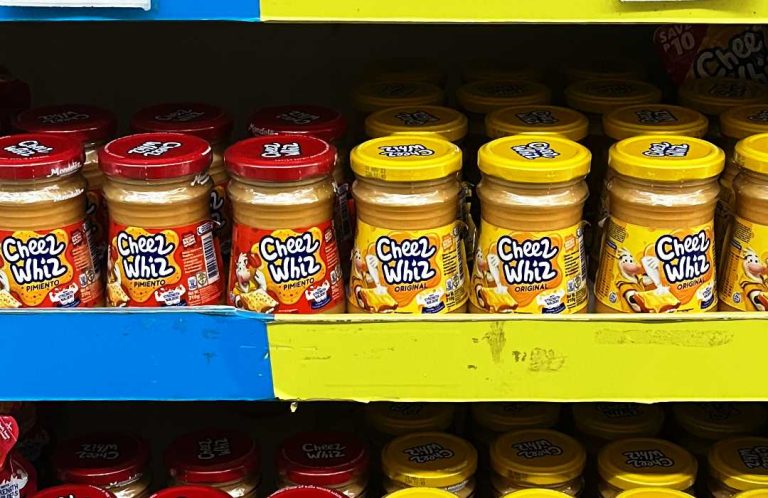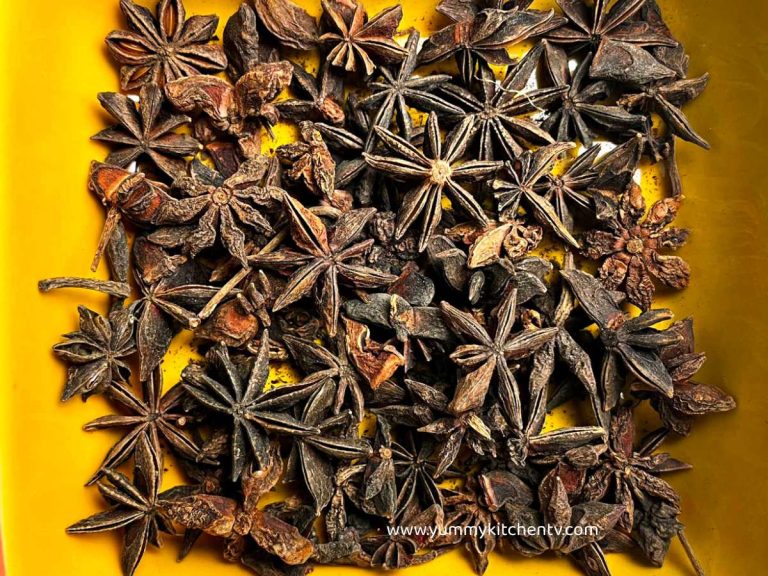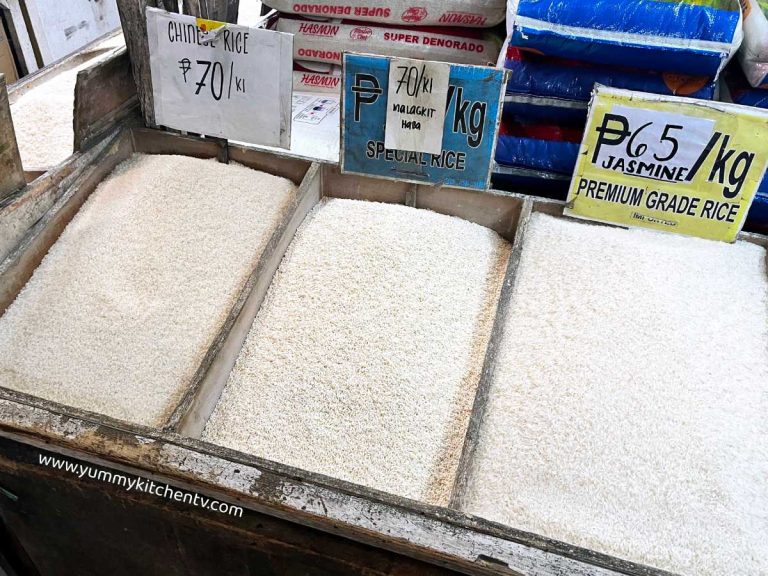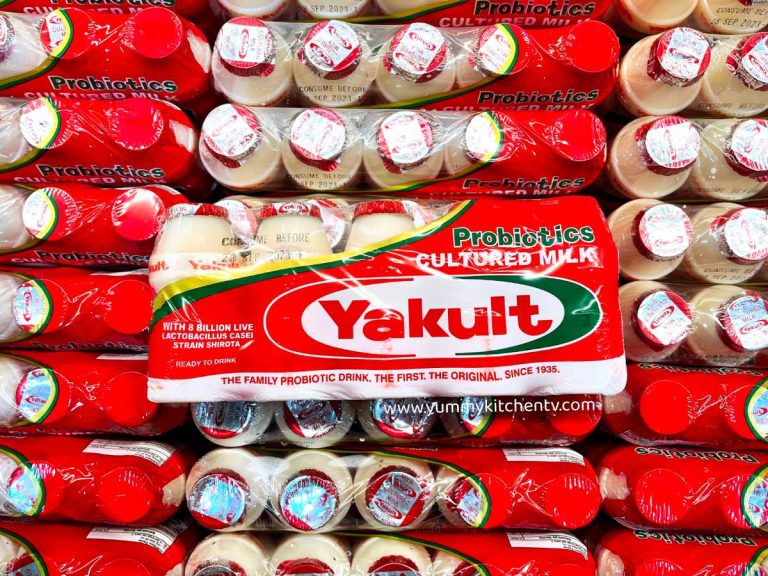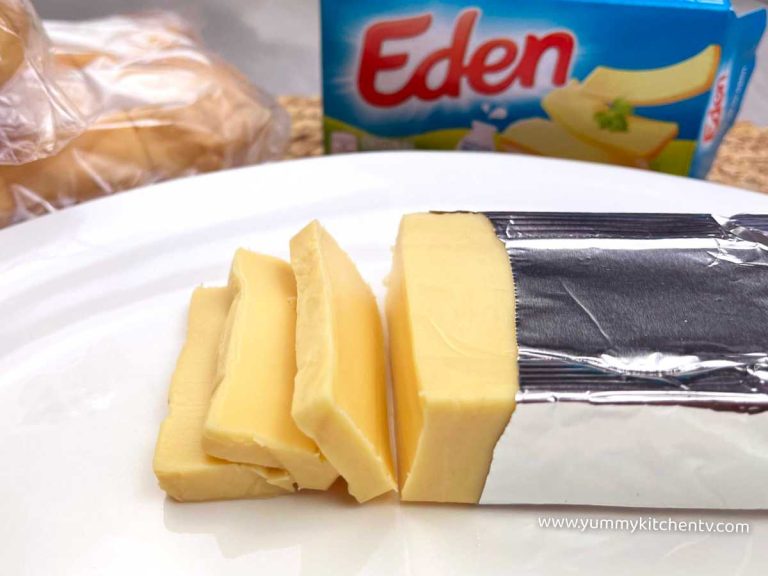Tablea
Tablea is the Philippine’s version of raw chocolate used to make the traditional drink called ‘Sikwate’, or ‘tsokolate’ translating to ‘hot chocolate’. The process for making these cocoa balls is to roast, slightly ground till it’s soft enough to mold into round tablets, then fermented. An ingredient made without additives but will still last for months in the fridge. These are usually turned into a drink by mixing it together with a simmering pot of water or milk, adding sugar or any sweetener of choice. A great, delicious way to start your day, get energized in the afternoon, or turn into a delicious dessert, but still keeping it healthy.
Tablea Origins
Tablea chocolate, spelled ‘Tableya’ in the Philippines is a ball shaped chocolate made out of grounded cacao beans. Usually made into a warm drink called ‘sikwate’ in Cebuano which means ‘hot chocolate’. The name came from the term ‘tablea’ in Spanish translating to ‘tablet’, since it resembles the shape of the chocolate when formed. The name might also come from the Spanish word ‘tablear’ which means dividing and rolling, in regards to how the tablea chocolate is made. Starting from the chocolate or cocoa beans being harvested, fermented, then dried manually. Then usually using machines, are roasted then peeled, grounded into a smooth paste. But for the tablea, these are ground only for a while, till it’s soft enough to clump into a mass of ball to store for later, adding sugar or to refine further.
The Theobroma cacao tree cultivated since ancient times, is where the fruit to make chocolate comes from. During the Spanish colonization, the trees were mainly grown in Northern South America and Central America. Prized by many natives, the Spanish found it valuable and brought the seeds to each of their colonies, the Philippines included. The first way it was consumed when the Spanish cultivated them was as a drink, similar to the Aztecs. Though back then only priests and those they considered worthy were the only people able to consume the drink.
Nowadays, tableya has been consumed by many, even causing a deficit in the past few years. If you’re in the mood to taste this deliciously decadent drink, they can be found in cafes, or at home with each their own recipe to enjoy their hot chocolate with. You can also buy the tablea tablets packaged in plastic bags or boxes in grocery stores, souvenir shops, side stalls, or in the international stores at the asian aisle.
Tablea Benefits
Tableya is one of the integral parts of Filipino cuisine and culture. A traditional ingredient used in desserts and beverages. While the idea of eating dark chocolate but still get many healthy benefits seems like a sweet treat that’s too good to be true. There are actually many benefits of chocolate, especially DARK chocolate, which can help the body with. Here are just some examples:
- Enhancing respiratory health, tableya is high in antioxidants which help protect the body from free radicals. Fending off respiratory illnesses, and enhances the body’s immunity.
- Improves brain health. Cognitive functions like mental acuity and focus. Another advantage of antioxidants is that it helps the brain function better.
- Promotes bone health, helps protect the bones against osteoporosis especially for those age 50 and over with regular consumption.
- Aids in digestion, natural oils found in cacao help keep the gut healthy.
- Since tableya is a type of chocolate, these also have mood boosting benefits. They contain serotonin to increase energy levels and stimulate the nervous system without becoming jittery like one would with caffeine.
Tablea vs cocoa powder
The Philippine tableya is 100% cacao that’s been roasted, grounded, and molded into a ball-shape, fermented without any additives and ingredients, though some producers might add some sweeteners. While cocoa powder is similar, as an unsweetened chocolate product. It differs in production since it’s cacao with the cocoa butter removed, leaving it dry, then once it’s fully dried, these are grounded into a fine powder. While both are similarly made and used for any chocolate based desserts, it really depends on how you need them, for example tableya is commonly used as a chocolate compound substitute so there won’t be much liquids added or removed, depending on the recipe. While in cocoa powder, because it does not have any liquids, there might be a need to add oil or butter to avoid a very dry dish.
For an easy to do homey desserts to try in the Philippines, and for those who are health conscious, these are some tablea recipes for you to enjoy!
- The Sikwate tablea or sweet and warm chocolatey drink. It’s your usual cocoa drink but made with tableya, mixed in with water, dairy milk, or coconut milk for that natural sweetness and extra earthy taste. Some drink it right away especially if the tableya already has some sugar added, but those who like it sweeter, they can add more white or brown sugar, muscovado, palm or coconut sugar.
- The drink is best paired with some pandesal, or for a chocolatier afternoon, chocolate pandesal. Some even add ice into their drinks to help beat the summer heat.
- Mixed in with champorado, a traditional sweet rice porridge. It turns the common plain rice porridge into a sweet coco-nutty ‘champorado’ very much beloved by many kids and adults alike.
- You can also add them into cookies as a chocolate or cocoa powder substitute by chopping them into bits, or melting it with the butter or milk in the recipe to turn into syrup.
- Aside from the common chocolate or double chocolate chip cookies, use the tableya for shortbread cookies. For that extra Filipino touch.
- Turn them into brownies by substituting your usual dark chocolate with the tableya.
Tablea cacao, and the Philippine’s love for sweets has no bounds. Many Filipinos have a sweet tooth which shows very much in many traditional, fusion and modernized dishes. For example a popular sweet savory dish known worldwide would be the Jollibee spaghetti, that has a a sweeter taste compared to the usual red sauce pasta. This might seem sacrilegious to some, but if you give it a chance you might see that it’s a combination that actually works! Another example is the ‘kakanin’ or rice dishes which are usually sticky rice mixed with coconut milk and sugar or other sweeteners.


